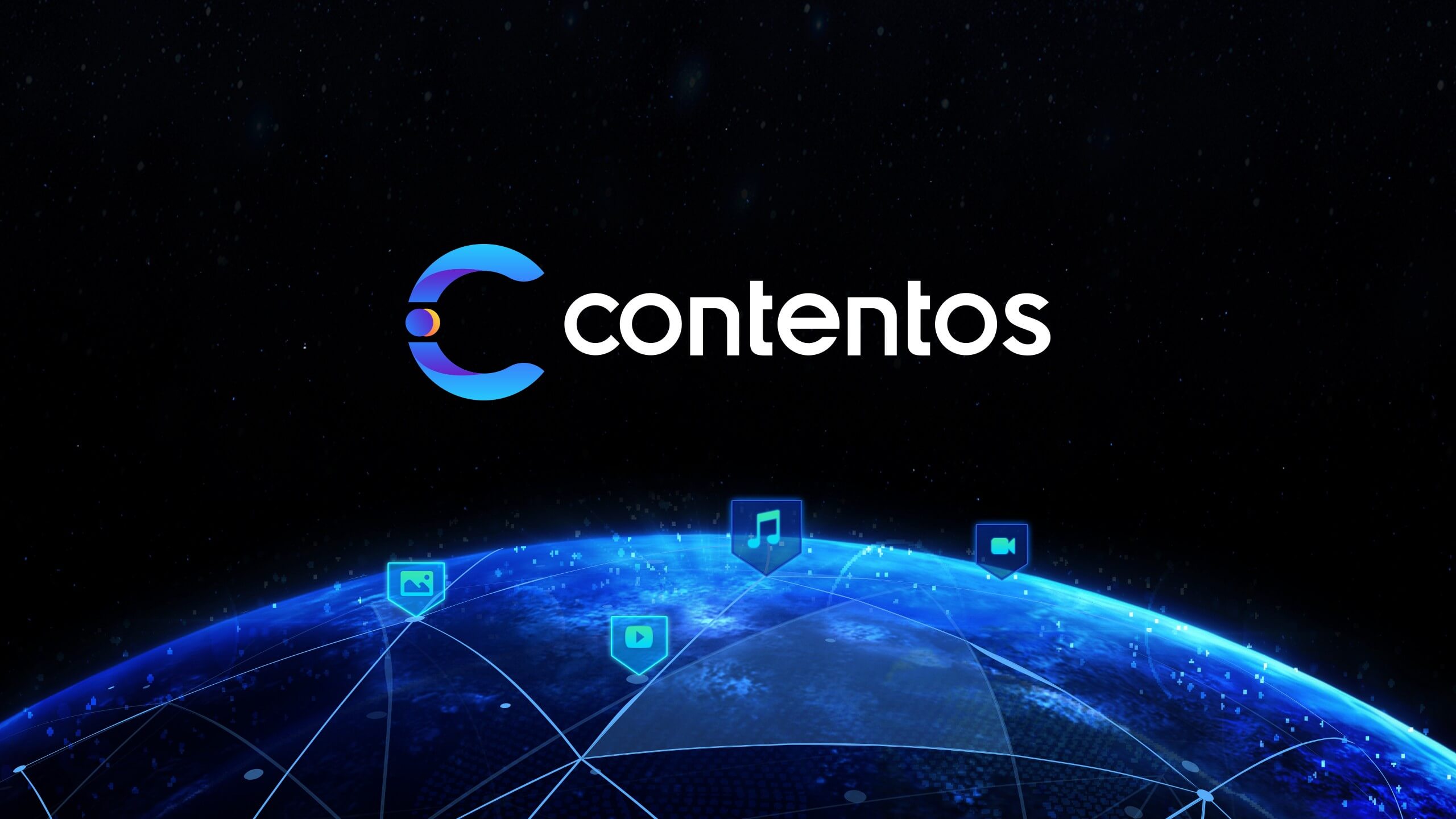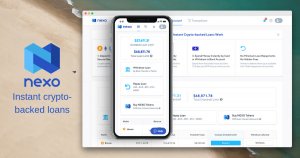In today’s world, we consume carefully-crafted media content for mass appeal. The creative muses and authenticity of content creators are muffled by the need to make content that will generate the most attention and sales.
On top of that, the big part of sales goes to content platform owners, while the content owners get scrapings. Content creators end up getting the raw of the deal on both ends: they can’t express themselves freely, and they still get reaped.
Contentos aims to decentralize everything surrounding content creation, consumption, and distribution, and ensure everyone is getting their fair share. Since it uses the blockchain, everything is transparent and irreversible, promoting fairness.
This article will get a closer look at the Contentos platform and its utility token, COS.
Understanding Contentos
Contentos is a blockchain-based platform that aims to empower content creators, consumers, and other relevant parties to earn fair dues for their contributions. Today’s content landscape is largely centralized, with platforms relying on advertising as a lifeline. The result is that content creators have to come up with “marketable” content instead of staying true to their creative spirit.
This ad-driven content world stifles creators’ creativity. Is their true creative direction being traded for surface-level mass appeal? And at the end of the day, where is most of the money going? Indeed, the lion share of revenue is pumped to the corporate owners, leaving scraps for the influencers/creators. Needless to say, this kind of model is extremely unfair to the creators. The platform owners reap the biggest benefits, while the actual content producers walk away with pennies.
The Contentos team wants to help change this because they believe every contributor to a content platform deserves their fair dues. Thus, Contentos takes advantage of blockchain-enabled tokenization to create fairer and more democratic content ecosystems. Creators, curators, distributors, verifiers – and more are rewarded with Contentos’ native token, COS.
Contentos says its vision is to “build a decentralized, global digital contact community that allows content to be freely produced, distributed, rewarded, and traded while protecting author rights.”
What are Contentos’ Core Features?
#1. Identity authentication – the identifying info of every member is recorded on the publicly and transparently available on the blockchain
#2. Content copyrights: Contentos’ public blockchain records everything in the life cycle of content creation. Community members can check the ownership, generation, and transaction history of a creation
#3. User credibility: Contentos’ user credibility system permanently records the credentials of every user on the public chain – a system that holds everyone accountable for their actions
#4. Smart contracts: Contentos’ public chain implements smart contracts via its Contentos Virtual Machine (CVM)
#5. Storage mechanism: Contentos’ chain will, in the future, support content storage in various formats in exchange for COS tokens
What are Some of Contentos’ Key Highlights?
#1. Public blockchain – Contentos runs a public chain optimized for the content industry to support the voluminous interactions of the space, the platform’s self-adaptive Byzantine Fault Tolerance consensus (saBFT) – which facilitates fast and affordable transactions
#2. Reward model – Contentos’ features an inbuilt reward model to encourage good behavior. The model is designed to be democratic such that it’s not dominated by the biggest token holders
#3. Open platform – Contentos is actively involved with various apps such as PhotoGrid and LiveMe, which is the easy way to introduce individuals everywhere to the blockchain world
What’s the Technical Makeup of Contentos?
The Contentos architecture is made of three core layers that complement each other to bring out the best of the system. These include the protocol, API, and application layers.
- Protocol layer – this layer oversees core operations such as the consensus protocol, the public ledger, the gossip network, and so on.
- API layer – this layer defines the business possibilities for Contentos. It oversees account management, block generation, content publishing, and the tipping and rewards model.
- Application layer – Contentos supports a decentralized and safe DApp environment complete with a one-click deployment feature.
Participants in the Contentos Ecosystem
#1. Content creators
These are the core users of the platform. The Contentos team believes they should get the highest share of the revenue. On the platform, content creators can earn cryptocurrency by publishing original content. If more than one person owns the right to the content, the user can specify this and how much each owner is owed. When content is uploaded, the owner will be rewarded based on how many times it’s viewed. Advertisers can also place ads in the content, upon which the content owner will personally determine the payment.
#2. Content distributors
These are participants who recommend and deploy content to the right audience. If they get it right, they stand to earn tokens as well.
#3. Content consumers
These are the target audiences for content. They make their contribution to the ecosystem through liking, sharing, and commenting on content. Consumers can also gift content creators to show their satisfaction with content. They can also subscribe to content, thereby incrementally paying creators. Alternatively, they can purchase content in a one-off payment.
#4. Community operators
These are users who can earn tokens by reporting/flagging inappropriate or illegal content. They can also classify content so that it’s correctly matched with the target audience.
#5. Developers
These are participants who contribute to the Contentos public chain and earn tokens. This can include fixing bugs and updating software.
#6. Bookkeepers
These are participants who are chosen by the community through a voting process. The bookkeepers are responsible for producing blocks, with 21 of them participating in every round. If a bookkeeper, for whatever reason, fails to generate a block within 24 hours, they are removed from the roll call and replaced by the next one in line. Bookkeepers are rewarded in COS tokens.
saBFT Consensus
Contentos utilizes a self-adaptive Byzantine Fault Tolerance consensus (saBFT) mechanism, in which the BFT voting process is done separately from the generation of blocks. Block producers are chosen via voting. The more tokens a voter holds, the more meaningful and powerful their vote. A block is recorded on the blockchain when it’s confirmed and agreed upon by a two-thirds majority in two-round voting.
What’s the COS Token?
COS is the native token of the Contentos network. The token is used for the following ends:
- Voting – COS holders can make their voice heard on the future direction of the protocol as well as when choosing block producers.
- As payment for gas fees after the initial free “energy” runs out.
- As a means for consumers to purchase gifts for creators to express their enjoyment of the content
- As payment for advertising done on content
Distribution of COS
COS token was distributed in the following manner:
- 9.5% went to the strategic sale
- 11.32% went to the seed sale
- 15% was awarded to the Contentos team
- 0.5% was awarded to advisors
- 18.68% went to the foundation reserve
- 5% went to the app jumpstart reward reserve
- 35% went to the ecosystem reward reserve
- 3.5% went to the community development reserve
- 1.5% went to the token treasury
Key Metrics
At the time of writing (Sep 14, 2020), the Contentos token traded at $0.007950, with a market cap of $17,061,271 that placed it at #373. The token’s 24-hour volume was $1,515,380, while it’s circulating and total supply were 2,146,128,511 and 13.5 billion, respectively. COS’s highest and lowest-ever price was $0.085274 (Jul 08, 2019) and $0.004264 (Mar 29, 2020).
Buying and Storing COS
You can find COS tokens in a variety of exchanges, including Binance, Gate.io, Coinone, BitHumb, WazirX, Bitrue, Binance DEX, and CoinDCX.
The COS token is compliant with the BEP-2 standard, meaning it can be stored in any wallet that supports the standard. Great choices include Atomic Wallet, Trust Wallet, Trust Wallet, and BNB wallet.
Final Thoughts
Contentos seeks to democratize a space that has been dominated by powerful centralized entities that flourish at the expense of creators. In the platform, the people who keep the system going – the creators- get the biggest share of revenues. In a snapshot, Contentos returns the power to those who deserve it the most.






